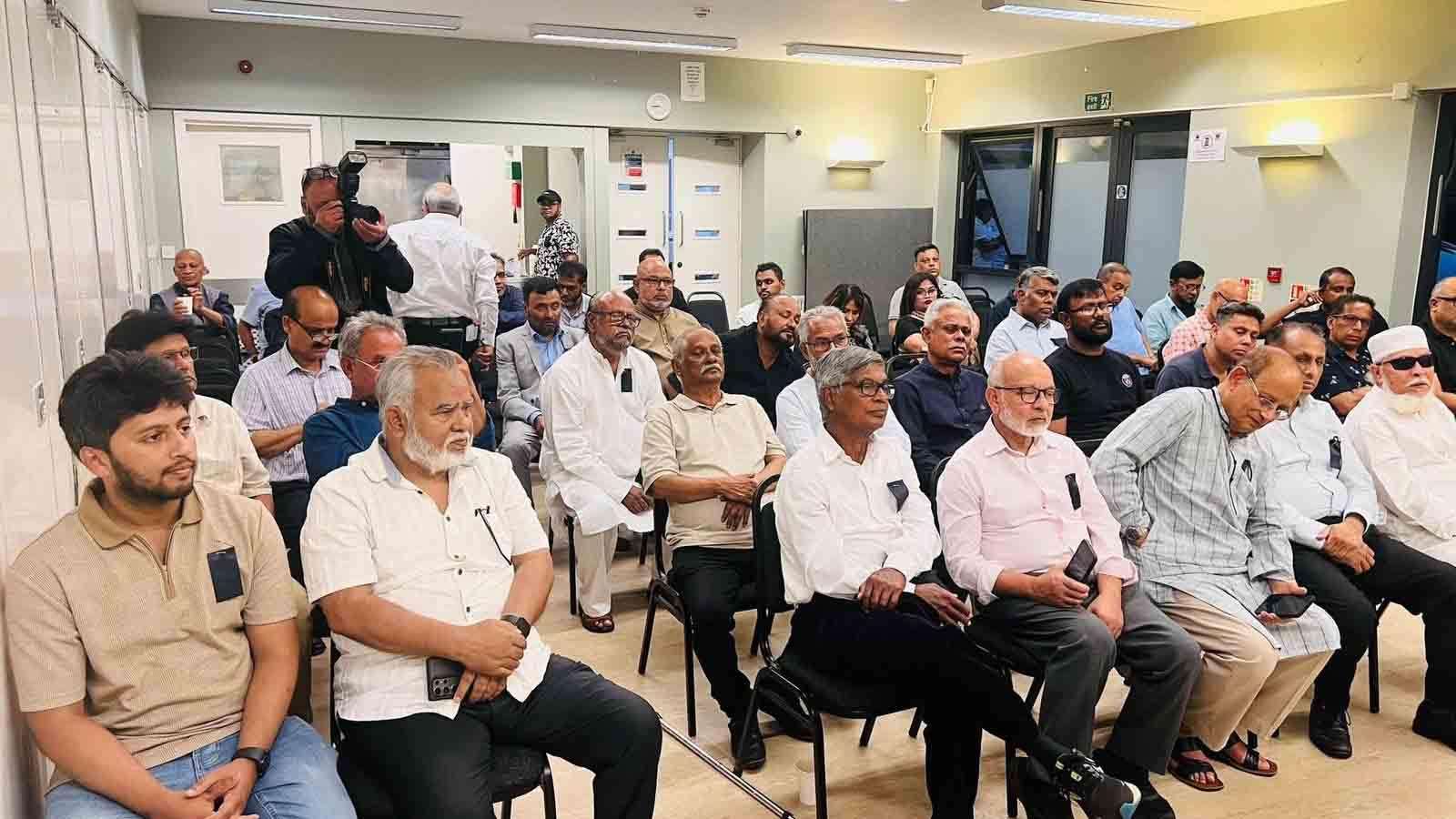A poignant cultural crisis is quietly unfolding across the Bangladeshi diaspora in the United Kingdom, Europe, and America: the accelerating decline of the Bangla language among second and third-generation individuals. While precise, up-to-the-minute figures remain elusive due to the complex nature of linguistic assessment across diverse populations, a growing body of research, demographic trends, and socio-linguistic studies paints a stark picture of a very large and increasing proportion of these younger generations unable to read, write, or even fluently speak their ancestral tongue, Daily Dazzling Dawn understands
The vibrant linguistic heritage of Bangladesh, once a cornerstone of identity for immigrant families, is gradually fading, replaced by the dominant languages of their adopted homelands – primarily English in the UK and USA, and various European languages across the continent. This shift isn't merely about convenience; it reflects deeper societal pressures and changing priorities.
The Invisible Erosion: Quantifying the Shift
The reasons for this linguistic shift are multifaceted and deeply intertwined with the immigrant experience. For many Bangladeshi families, the primary focus has understandably been on socio-economic advancement and integration into their new societies. English, or the local European language, is seen as the gateway to educational opportunities, prestigious careers, and broader societal participation. This prioritization, while practical, often comes at the cost of heritage language retention.
"There's a natural pull towards the language of the majority, especially when children enter school," explains Dr. Amina Rahman, a linguist specializing in diaspora studies. "While parents often express a strong desire for their children to learn Bengali, the daily reality of school, media, and social interaction in English or other host languages creates an overwhelming linguistic environment that's difficult for a minority language to compete with."
Statistical indicators, though not directly quantifying reading and writing proficiency, strongly suggest this trend:
- UK Context: The 2011 UK Census showed that 52% of the Bangladeshi population in the UK was born in the UK, a significant demographic shift. This figure is projected to be even higher in the upcoming 2021 census data. Studies focusing on British-Bangladeshi children's bilingual learning consistently point to a strong language shift. For instance, research conducted in East London, a hub for the Bangladeshi community, revealed that while many first-generation parents used Bengali/Sylheti at home, a substantial majority of their children (second generation) primarily communicated in English, even within family settings. One study from 2016 noted that only about 10-15% of British-Bangladeshi children in some areas were regularly using Bengali in conversation outside the home, highlighting the diminishing domains of usage.
- US Context: Pew Research Center data from early 2025 confirms that among Bangladeshis aged 5 and older in the US, 56% are proficient in English. Crucially, while 86% of Bangladeshi immigrants aged 5 and older speak Bengali at home, this figure drops significantly for U.S.-born Bangladeshis, where 86% are English proficient. This stark contrast underscores that a very large portion of the second and third generations are primarily English speakers, implying a reduced reliance on, and thus proficiency in, Bengali for daily communication, and even less so for literacy.
- European Context: While comprehensive pan-European data on Bengali language proficiency is limited, individual country studies echo the trends. For example, research on Italian-Bangladeshis in London revealed that while Italian might be used with peers in Italy, and English is seen as the primary language for future prospects, Bengali is often confined to parental communication, with children not always achieving fluency. This pattern is characteristic of language shift in immigrant communities globally, where the need to integrate economically often overrides the cultural imperative of heritage language maintenance.
A Tale of Two Bengals: Sylheti vs. Standard
A crucial, often overlooked, aspect of this decline, particularly prominent in the UK, is the distinction between Sylheti and Standard Bengali. The majority of Bangladeshi immigrants, especially to the UK, originated from the Sylhet region, speaking Sylheti – a dialect of Bengali that historically has not had a widely established written form. While families may speak Sylheti at home, opportunities to learn Standard Bengali, the written form of the language used in literature, media, and education in Bangladesh, are even more limited. Children may encounter Standard Bengali in books or television, but without dedicated instruction, bridging the gap between spoken dialect and written standard proves profoundly challenging. This linguistic divergence further complicates efforts to promote literacy in the heritage language.
Limited Learning Opportunities: A Systemic Gap
A significant contributing factor to the decline is the systemic lack of formal Bengali language education within mainstream school curricula in these Western nations. While community-run after-school classes, often termed "Bengali schools" or "Madrasas," exist, their reach and intensity are often insufficient to counteract the daily immersion in the dominant language. These classes, though vital cultural anchors, frequently struggle with funding, standardized teaching methods, attracting consistent enrollment beyond early childhood, and adapting curricula to second and third-generation learners whose primary linguistic frame of reference is the host country's language.
Furthermore, parental attitudes, while often expressing a desire for heritage language retention, can inadvertently contribute to the decline. Faced with the demands of their children's mainstream education, and a perceived lack of immediate utility for Bengali beyond the home, direct efforts to teach reading and writing often fall by the wayside.
Identity vs. Proficiency: A Lingering Connection
Despite the alarming decline in reading and writing proficiency, many second and third-generation individuals still consider their mother tongue a key aspect of their identity and cultural heritage. Qualitative studies often reveal a strong emotional connection to Bengali, even among those with limited proficiency. However, this sense of cultural belonging often doesn't translate into active linguistic skills. The ability to converse, read, and write Bangla becomes a passive appreciation rather than an active practice, leading to what linguists call "receptive bilingualism" – understanding but not producing the language.
The silent demise of Bangla in the West represents a significant cultural loss, not just for the Bangladeshi diaspora but for the linguistic diversity of the host nations. While the full extent of this linguistic erosion requires more comprehensive, generational surveys and research specifically designed to quantify reading and writing proficiency, the prevailing evidence strongly indicates that without concerted and innovative efforts – from robust community initiatives and sustained parental encouragement to potential governmental support for heritage language programs and curriculum development that acknowledges the Sylheti-Standard Bengali dynamic – a vital thread of Bangladeshi identity in the diaspora risks being forever lost in translation. This isn't merely about preserving a language; it's about safeguarding cultural continuity, intergenerational communication, and a unique part of the global human story.








.svg)




